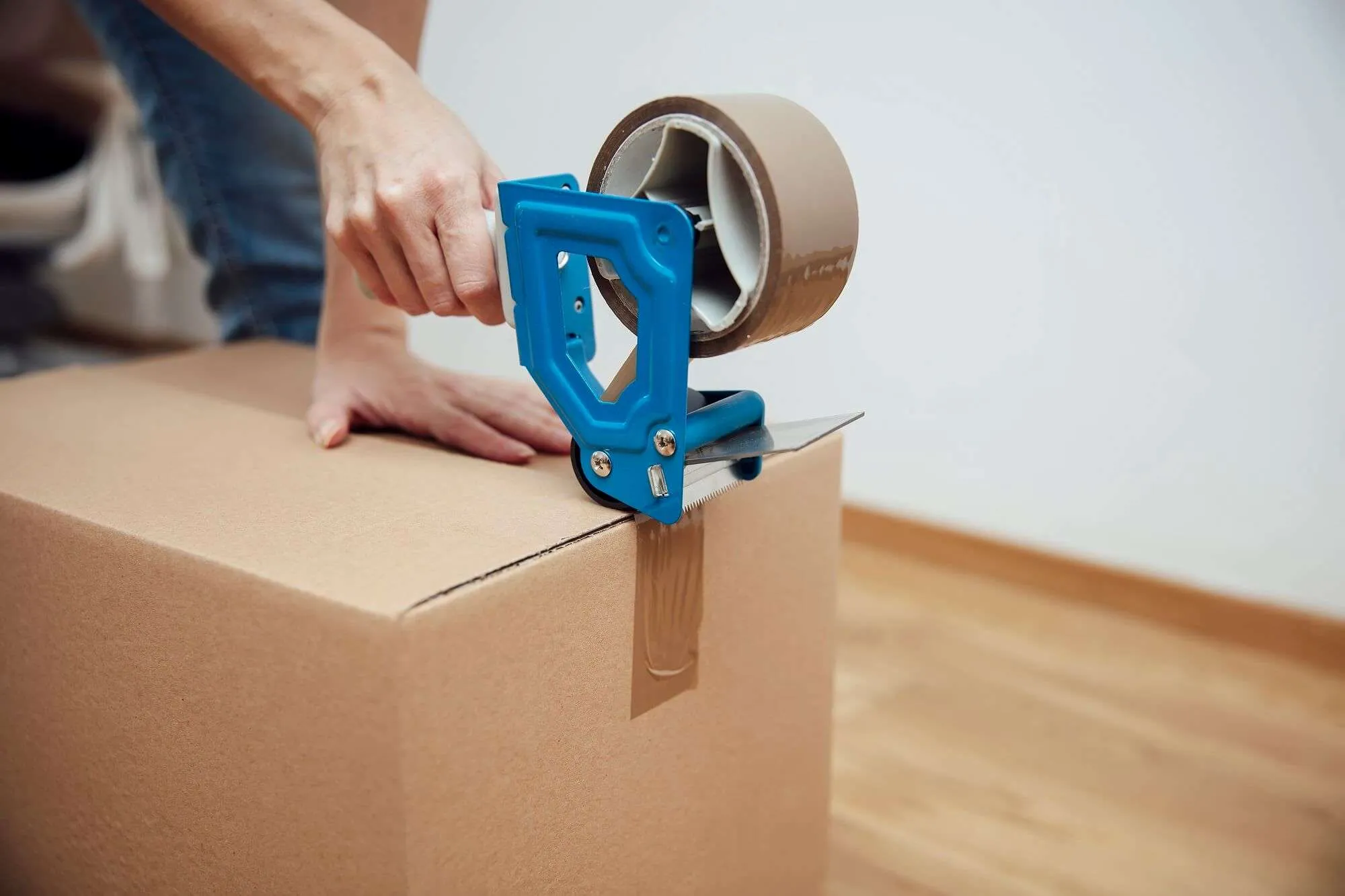Strapping—also known as banding—refers to long, narrow strips of material used to secure, reinforce, and/or bundle materials and equipment. It is frequently used in packaging and shipping applications to keep items stabilized and organized during transport and storage. Typically, it is made from metal or plastic, depending on the needs of the particular strapping application.
At Dot Systems, we’ve supplied high-quality, low-cost products to the shipping and packaging industry for over 40 years. While we started as a small company that served the local customer base, we’ve since grown into a national provider of shipping supplies and equipment. Equipped with extensive experience, multiple warehouses in a convenient location, and a large stock of products, we can provide strapping and many other shipping and packaging products to customers throughout the United States quickly and at a competitive price.
We offer strapping made from steel, polyester, and polypropylene. Strapping machines and strapping accessories (e.g., seals and buckles) are also available.
METAL STRAPPING — STEEL
Today, strapping can be made from a variety of materials to suit different application requirements and restrictions. However, it was originally made from steel.
Steel is currently both the oldest and most commonly used strapping material. It offers the highest tensile strength and good heat resistance (depending on composition), which makes it ideal for use in packaging and shipping applications where high strength and low stretch are critical and for objects that are hot or sharp.
Key advantages of steel strapping include:
- High tensile strength
- Low elongation
- Durability (heat and UV resistance)
Typical use cases for steel strapping include packaging and shipping:
- Heavy construction materials
- Industrial machinery and supplies
- Steel coils
PLASTIC STRAPPING — POLYESTER AND POLYPROPYLENE
Since its introduction, plastic strapping—also called poly strapping—has become a top choice for certain packaging and shipping applications. As it is made from plastic materials rather than steel, it is generally more flexible and less expensive than its metal counterpart. Additionally, it carries a lower risk of injury since its edges are not as sharp.
The key advantages of plastic strapping are:
- Greater flexibility
- Lower cost
- Smaller risk of injury
Typical use cases for plastic strapping include packaging and shipping:
- Fresh produce
- Lumber
- Paper materials and products
- Stretch-wrapped pallets
Plastic strapping can be made from various plastics, depending on the packaging and shipping application for which it is used. However, the two main types utilized are polyester and polypropylene.
POLYESTER STRAPPING
Polyester strapping offers the greatest strength of all plastic strapping materials, which is why it is often employed as an alternative to steel strapping in industrial applications. It also has better retained tension and elongation recovery than polypropylene strapping and decent elongation properties, making it suitable for packaging and shipping applications involving loads that are susceptible to shifting.
The key advantages of polyester strapping include:
- High break strength
- High tension retention
- High elongation recovery
Typical use cases for polyester strapping include packaging and shipping:
- Medium to heavy-duty loads (e.g., construction material)
- Loads that expand, contract, or settle during transport and storage
- Loads that move during transport in response to impact or shifting environment
Polypropylene strapping is a more economical option compared to polyester and steel strapping. It is designed for use in light-duty to medium-duty packaging and shipping applications. It offers the highest level of elongation of all of the plastic strapping materials, which makes it better for handling fragile loads and/or loads transported over short distances. However, it also has low initial tension, retained tension, and elongation recovery, so it is unsuitable for heavy loads or loads that move, settle, expand, or contract.
The key advantages of polypropylene strapping include:
- Lower cost
- Better elongation properties
Typical use cases for polyester strapping involve packaging and shipping light to medium loads over short distances. Additionally, since the material is not designed for use in demanding conditions, it is typically used for loads that are protected from outside environmental conditions.
PARTNER WITH DOT SYSTEMS FOR YOUR SHIPPING AND PACKAGING SOLUTION NEEDS
Strapping is essential to many packaging and shipping operations. That’s why understanding the advantages and disadvantages of each type (e.g., steel vs. polyester vs. polypropylene) is important; it will give you the knowledge you need to select the right solution for your particular application. Otherwise, your materials and equipment may not be secured as tightly or safely as you need them to be.
Need strapping for your packaging and/or shipping operations? Dot Systems is here to help! Whether you’re looking for polypropylene, polyester, or steel strapping, our extensive stock product inventory ensures we can deliver the products you need when you need them. Our strapping selection includes:
- Steel strapping and steel strap seals
- Polyester strapping and strap seals
- Hand-grade polypropylene strapping and machine-grade polypropylene strapping
- Strapping buckles and open seals
To learn more about our strapping offerings or other shipping and packaging products, contact us or request a quote today.







